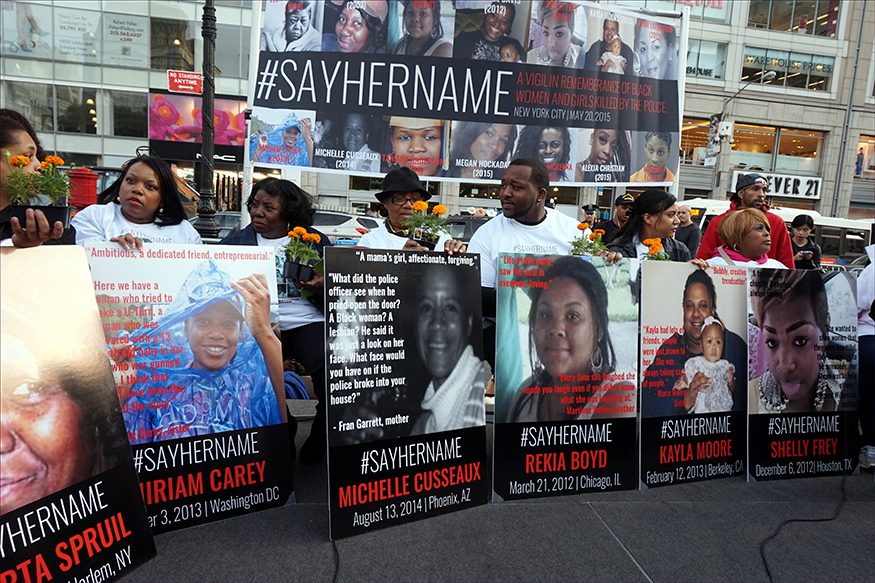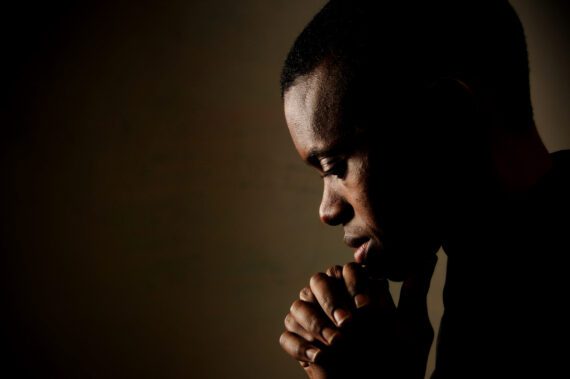By Michele Learner
This story is part of the July 2020 issue of Institute Insights
At Bread for the World, we continue to advocate for lasting solutions to hunger and food insecurity, including jobs that pay enough to support a family. Of course, Bread is also calling for prompt and sufficient assistance for families struggling to meet their essential needs, whose numbers have exploded in the wake of the COVID-19 pandemic. Because of structural racism, both parents who are low-wage workers and those who have lost their jobs are disproportionately people of color, particularly Black women. Black children are at far higher risk of living in food-insecure families than white children.
The economic and health inequities that Black families continue to suffer are compounded by institutionalized forms of direct violence, including police brutality and mass incarceration. The injustices seem so intractable that I wonder whether I am impossibly naïve to think that there could be meaningful change. Naïve or not, I have been on the lookout for genuine signs of hope, partly in the knowledge that becoming too discouraged to be an effective advocate won’t help anyone.
Perhaps one hopeful sign is the greater inclusiveness of the more recent public protests and national conversations about racism, particularly anti-Black racism, and what will be needed to end it.
This may reflect a more holistic understanding of the problem. For example, along with #sayhisname, activists are promoting the hashtag #sayhername to draw attention to the fact that, as social justice scholar Monique W. Morris put it, “Protests are often in the name of men and boys, and we forget that so many girls and young women … are disproportionately impacted by the same state-sanctioned violence.”
People who are transgender are often marginalized within both the LGBTQ community and the Black community. That is why the Black Trans Lives Matter rally, held June 14 in New York and attracting at least 15,000 participants, was such a departure from the past. The demonstration was a first both because it was so large and because of the participation of many people who are neither LGBTQ nor Black. Systemic racism certainly plays a role in the fact that a disproportionate number of anti-LGBTQ hate crimes, particularly murder, are against transgender women of color, particularly Black women.
The Black Lives Matter movement and its allies are also identifying more specifically what racism may look like among different groups of people. For example, the racist and sexist idea that any type of violence against Black men can be justified by “defending the honor of white women” has led to white women, sometimes deliberately and sometimes through willful ignorance, playing the role of “damsel in distress.” Internalized racism in Black communities can carry real consequences as well—for example, the potential for Black police officers to feel that using violence will “prove” that they are different from the “criminals” who are also Black.
In a thoughtful piece entitled “Why Be a Model Minority When You Could Dismantle White Supremacy?” Dae Shik Kim Jr., whose heritage is both Korean and Black, looked at some of the many factors that may make it difficult for Asian Americans to overcome anti-Black racism. These range from the ideal in some Asian cultures that individuals should not speak out in disagreement with the larger group, to the fact that Asian immigrants may believe the popular American adage that anyone can succeed if they work hard. This may be, in part, because they have heard little about the historical, political, and other barriers that make it difficult for Black Americans to move forward. After all, these things are far less often mentioned than the American Dream version of U.S. history.
Michele Learner is managing editor with Bread for the World Institute.



